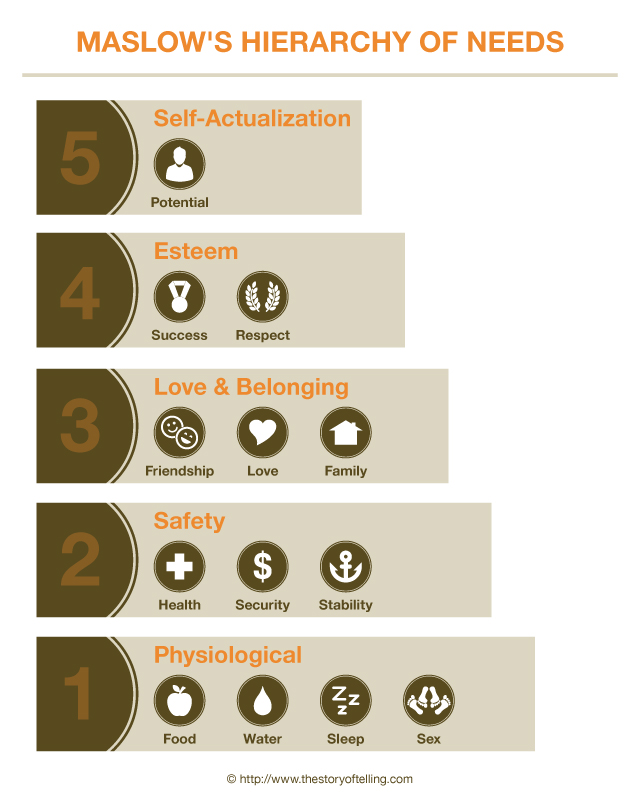Unlock the Magic in Your Story Now
Get the Free 20 questions to Ask Before Launching Your Idea workbook when you sign up for occasional updates.
Get the Free 20 questions to Ask Before Launching Your Idea workbook when you sign up for occasional updates.
What If Hype Had A Bigger Purpose?
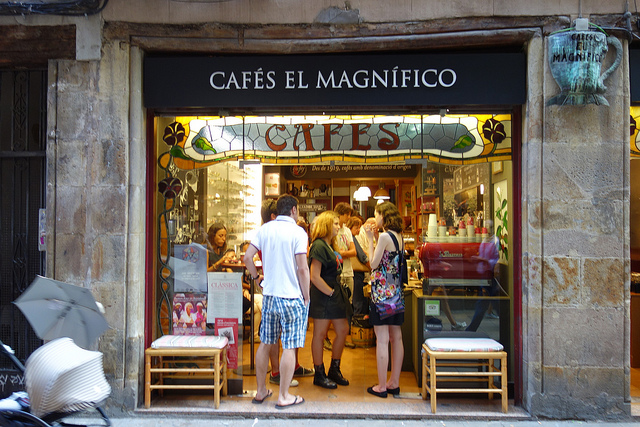 I find it hard to believe the message that’s scrawled on the chalk board outside the deserted new cafe that still has that ‘unlived in’ feeling about it. The flustered, newly-minted barista is a dead giveaway. Every passer-by knows that it takes more than a week in business before you can make an all caps, “BEST COFFEE IN PERTH” claim.
I find it hard to believe the message that’s scrawled on the chalk board outside the deserted new cafe that still has that ‘unlived in’ feeling about it. The flustered, newly-minted barista is a dead giveaway. Every passer-by knows that it takes more than a week in business before you can make an all caps, “BEST COFFEE IN PERTH” claim.
It’s hard to believe the hype…..just yet anyway.
We hype things up to create interest and get attention. Hype is tactic to help us gain momentum. Hype is designed to be outgoing—a signal to the audience not necessarily something we tell ourselves or believe to be true.
But what if hype had a bigger purpose? What if it became a way to signal our intention—our promise to both ourselves and our customers and one we mean to keep?
A line in the sand has a way of creating an entirely different kind of momentum. What’s yours?
Image by Ramon Bonnet
Share this article
Fear, Procrastination And Getting Runs On The Board
filed in Entrepreneurship, Strategy
 I recently met with a super-smart friend who has an important idea to share with the world, she had three questions about how best to get that idea out there.
I recently met with a super-smart friend who has an important idea to share with the world, she had three questions about how best to get that idea out there.
I had three answers that might help you to get your ideas out there too.
Q. What’s the best process for doing xyz?
A. The process doesn’t matter as much as having something to say that someone is ready to hear.
Perhaps the process is a simple as just saying or doing it?
Q. Why will anyone listen to me—I don’t have a title, PhD or runs on the board like other people (not true), and so on?
A. You don’t get runs on the board without trying to make the runs. You have a unique worldview that’s going to help people. They can’t hear if you don’t give them something to listen to.
Q. Are both of these questions fear talking? (told you she was smart).
A. Yes!
And two bonuses….
The best piece of advice EVER to kick procrastination into touch.
Lastly…..how is keeping everyone else’s score helping you to make your idea matter?
Image by ibmphoto.
Share this article
The Most Overlooked Part Of A Marketing Strategy
filed in Marketing, Storytelling, Strategy
 How often do our potential customers come to us and invite us in? That’s exactly what happens when someone visits an about page, they are asking us to tell them more and most of the time we blow it. We spend billions of dollars and countless hours every year trying to get people’s attention and yet we do an average job at best in the one place they come looking for us.
How often do our potential customers come to us and invite us in? That’s exactly what happens when someone visits an about page, they are asking us to tell them more and most of the time we blow it. We spend billions of dollars and countless hours every year trying to get people’s attention and yet we do an average job at best in the one place they come looking for us.
Your about page is the potential customer’s first step on the journey to becoming an actual customer. They are showing up there for a reason, willingly giving you their time and attention. They are asking to know more. It’s your job to give them a reason to come back or stay.
The purpose of the about page is not just to give information, it’s to help people to understand if you are right for them, simply listing facts about your company won’t do. Think of your about page as part of your marketing strategy and not just a placeholder on your website.
Then ask yourself the following questions before you begin editing yours:
- What’s the purpose of this page?
- Who is it speaking to?
- What does it have to do?
- How do I want people to feel when they read it?
- What do I want them to do while they are here?
Here are some tips for writing a more compelling about page to get you started.
Image by Major Clanger.
Share this article
Why A Good Idea Is Not Enough
filed in Marketing, Storytelling, Strategy
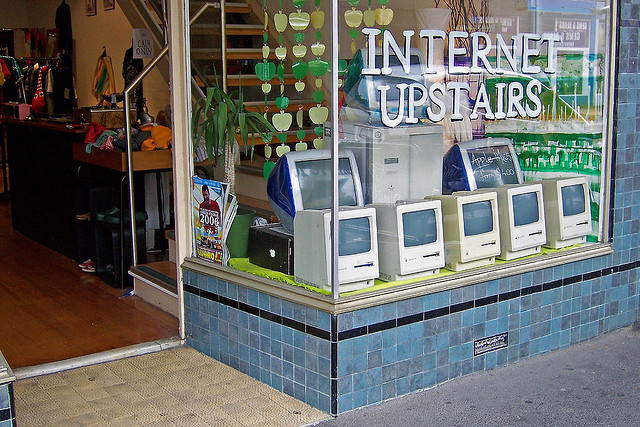 It took at least 40 years for the computer to go from being a series of ideas and advances to a commercial success.
It took at least 40 years for the computer to go from being a series of ideas and advances to a commercial success.
The difference between a good idea and a commercial success is context—the understanding about where that idea fits, how it will be useful in the world and who will care about it. It wasn’t until companies like IBM, Apple and Microsoft began to figure this out that the magic happened. It was the realisation, as Nicholas Negroponte put it, that computing was not about computers, but it was about living, and that made all the difference.
One of the biggest challenges an entrepreneur or innovator has is understanding how to make his ideas resonate. We tend to have no shortage of ideas, but we struggle to tell the story of how they are going to be useful in the world and why they will matter to people.
If you can answer the following two questions then you are on your way to doing that.
1. What is your unique ability?
2. How does that translate to value for people in a marketplace?
All the ideas, technology and domain knowledge in the world are worthless unless we can find ways to understand and communicate why they should matter to people.
Image by Paul.
Share this article
Lessons In Brand Storytelling From The Airbnb Rebrand
filed in Marketing, Storytelling, Strategy
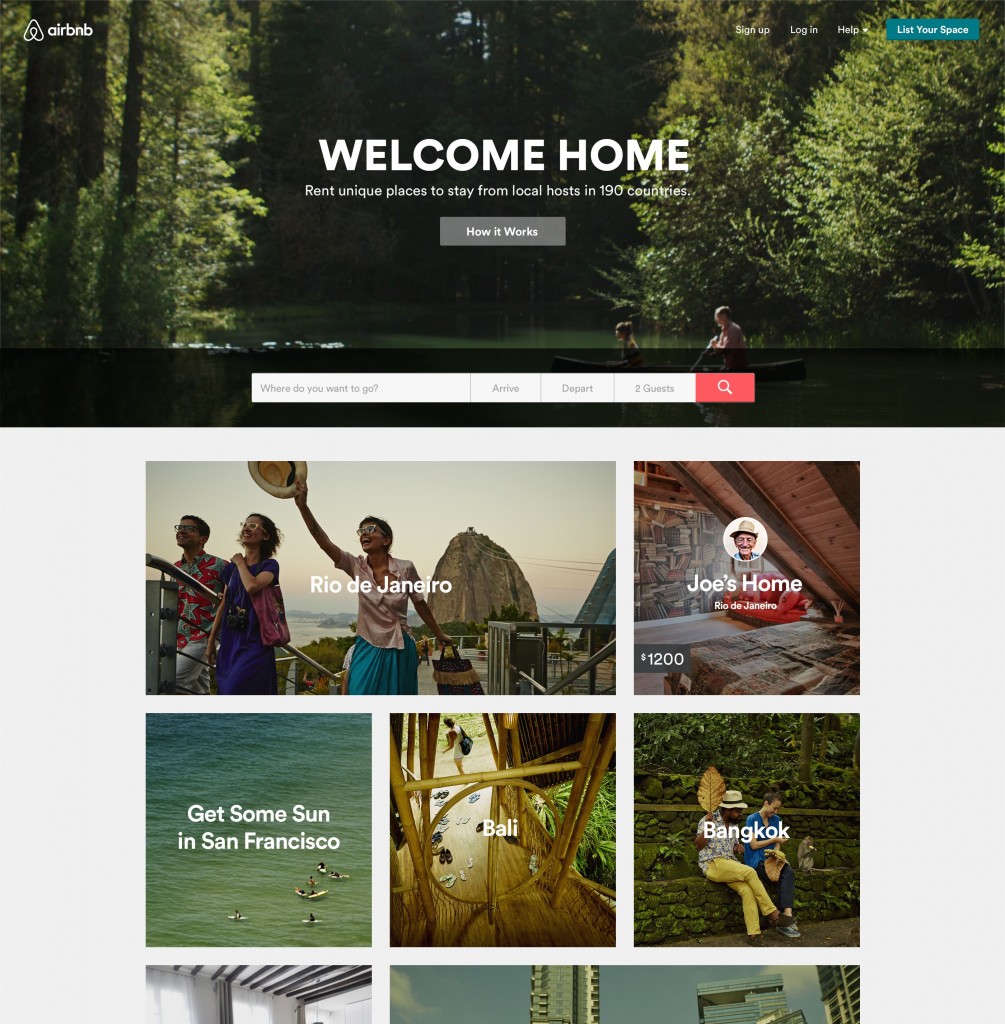 I have to be honest, as an Airbnb evangelist and user I felt a little disappointed as I watched the company’s relaunch unfold. Of course I wasn’t viewing the whole thing through the eyes of an impartial observer. Anyone who is an early adopter of something that begins on the fringes wants that thing to remain at the edge. Even though Airbnb has listings in 33,000 cities, in 192 countries and books more than 15 million nights worldwide, it still felt to the people who loved it first like ‘our little secret’. Yesterday that little secret came of age, six years after it first launched in a tiny San Francisco apartment. Airbnb’s introduction of the Bélo as a symbol of belonging may have polarised people, but it’s something that the company had no choice but to do on its journey to becoming ubiquitous.
I have to be honest, as an Airbnb evangelist and user I felt a little disappointed as I watched the company’s relaunch unfold. Of course I wasn’t viewing the whole thing through the eyes of an impartial observer. Anyone who is an early adopter of something that begins on the fringes wants that thing to remain at the edge. Even though Airbnb has listings in 33,000 cities, in 192 countries and books more than 15 million nights worldwide, it still felt to the people who loved it first like ‘our little secret’. Yesterday that little secret came of age, six years after it first launched in a tiny San Francisco apartment. Airbnb’s introduction of the Bélo as a symbol of belonging may have polarised people, but it’s something that the company had no choice but to do on its journey to becoming ubiquitous.
While Airbnb owns a huge chunk of both the sharing and travel economies, they have big plans to unlock more of the latent value that exists in trust, hospitality and data. Of course they are well positioned to do that in so many areas from peer-to-peer dining to ride sharing, equipment hire to underground attractions or undiscovered location tours and on and on. Until today most of this value (and the Airbnb brand story) was tied up in a digital platform. What Airbnb are attempting to do now is to unlock that intangible value from the sharing economy and bring it into the physical world AND to own it too—because let’s face it if they don’t some other company will.
Airbnb’s CEO Brian Chesky imagines the Bélo symbol being used in all kinds of places in the physical world not just in windows where Airbnb travellers are welcome to stay. We could also see businesses around the globe from surf schools to Internet cafes using it as a sign that Airbnb travellers are welcome and valued. I don’t know how Airbnb will regulate the sharing of their brand equity and the Bélo as a standard mark. What’s to stop a business using the Bélo as a way to attract more customers rather than to signal value, or more importantly shared values—which after all is what the Airbnb traveller cares about most? The Airbnb brand story has become about more than finding a place to stay, for many it’s about finding reflections of yourself in places and spaces, with people like you.
I think the one misstep they made was trying to inject all of that meaning into the symbol and make it stand for everything straight away (a move which felt like agency-speak rather than an authentic message from the heart and so a little off brand). It might have been better to introduce the Bélo as an ‘A’ and then to let both hosts and guests to attach their own meaning to it over time.
Airbnb are at a point where their brand story has to unfold from here. This story started by accident, it continues with intention as the company sets out to build the world’s most recognisable hospitality brand. Of course where Airbnb came from and what they mean to people matters, but it’s where they are going and what they could be that must be the priority now. When a brand evolves the story has to evolve with it.
Image by Airbnb.
Share this article
A Brand Is More Than A Label
filed in Brand Naming, Marketing, Storytelling, Strategy
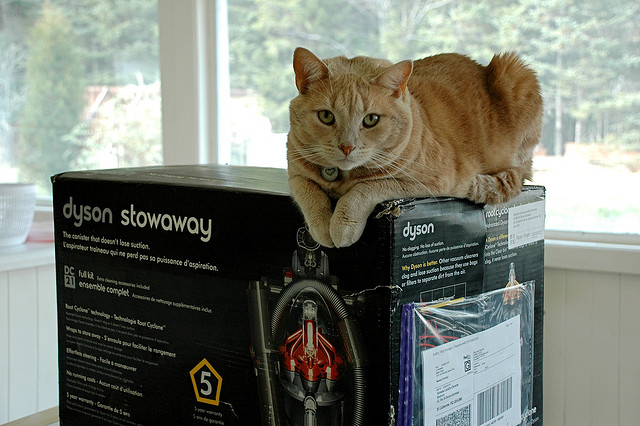 We’ve been branding things from cattle, to jewellery and even people for thousands of years. We began by burning our mark into things to signal ownership. When technology and infrastructure gave us access to things beyond our villages branding began to signal a different type of belonging, one that said ‘you can trust this because it has my mark on it’.
We’ve been branding things from cattle, to jewellery and even people for thousands of years. We began by burning our mark into things to signal ownership. When technology and infrastructure gave us access to things beyond our villages branding began to signal a different type of belonging, one that said ‘you can trust this because it has my mark on it’.
When you think about a modern day brand like Dyson what words immediately spring to mind?
Innovative, reliable, trusted, cutting edge, best, leader and on and on.
Even if you don’t own a Dyson product or know the company’s backstory (5,000+ failed prototypes to multi-billion dollar business), you have a sense of the brand. The Dyson brand is more than just a label or an identifier of the products the company makes. It’s an emotional anchor to those products and while a label can be assigned or attached, an emotional anchor is earned.
A great brand is not a mark burned into a product, it’s something we want to belong to.
And so it goes for your brand too.
What words and emotions do you want people to associate with your brand? And what promises will you have to make and keep in order for that to happen?
Image by vanou.
Share this article
Driving Sales, The Gates Effect And Flawed Marketing Vocabulary
 Over the weekend a previously out of print business book, which was unknown to many and forgotten by most shot up the Amazon bestseller list. Why when we had previously ignored John Brooks’ Business Adventures were we suddenly snapping up enough copies to make it the #1 bestselling business book on Amazon and #3 amongst books in any category? What had driven these sales all at once?
Over the weekend a previously out of print business book, which was unknown to many and forgotten by most shot up the Amazon bestseller list. Why when we had previously ignored John Brooks’ Business Adventures were we suddenly snapping up enough copies to make it the #1 bestselling business book on Amazon and #3 amongst books in any category? What had driven these sales all at once?
It turns out that Business Adventures is Bill Gates’ favourite business book. He told the story of how Warren Buffet lent him a copy over two decades ago on his blog this weekend. It seems that this triggered a chain reaction of re-posting, enough to increase sales of the book. When the richest man in the world recommends his favourite business book, people pay attention.
The ‘Gates Effect’ reinforces the illusion of the quick win—the shortcut to mattering to customers. If only we could reproduce that kind of miracle in our businesses to drive sales and get results. This short term, tactical thinking is where we start to fall down as marketers. Not only is our thinking flawed but the old marketing vocabulary we have inherited to support it is too. In a world filled with infinite channels and so many choices the term ‘driving sales’ becomes less relevant with each passing day.
The dictionary defines ‘drive’ as causing to move by force or compulsion. While we may think a single event, promotion or offer has the power to drive a result, the truth is that results (especially sustainable ones), are not ‘driven’— they are fostered and nurtured. And we are free to choose both the actions and the language we use to support us in achieving those results.
Back to Bill…it’s easy to forget why the word of someone we admire and trust has such an impact. The sales triggered by Bill’s post are more than a tactic instigated over a weekend to make something happen—they are a direct result of a reputation built over decades. His recommendation is powerful not because of what was said, but because of who said it and why we believe him.
We each have the power to create our own version of the Gates Effect, to make something people want to talk about, to build trust and to in it for the long haul.
If we want people to listen to our marketing messages we have to stop looking for tactical shortcuts that we believe have the power to change what people think and do. Our best hope is to be good enough to change how they feel.
Image by Michael Holden.
Share this article
What Gap Is Your Business Closing?
filed in Marketing, Storytelling, Strategy
 Business is all about closing gaps.
Business is all about closing gaps.
Closing the gap between aspirations and attainment, intention and achievement, between wants and experiences.
Products and services can also close gaps between needs and functionality, innovation and utility, feelings and facts.
But perhaps most importantly, what you do closes the gap between dreams and reality, loneliness and belonging and a myriad of other feelings besides.
And marketing is the story of how you close those gaps. So it pays to know which gaps you’re closing.
Image by Gino Carrier.
Share this article
3 Simple Ways To Tell A Better Brand Story
filed in Marketing, Storytelling, Strategy
 Brand storytelling is complex. A brand story evolves over time and is a result of doing many things well. But there are still opportunities to start telling a better story in the short term.
Brand storytelling is complex. A brand story evolves over time and is a result of doing many things well. But there are still opportunities to start telling a better story in the short term.
Here are three things you can do today to improve your brand story.
1. Create an ideal customer profile
When was the last time you sat down and really thought about your customer’s wants and needs, the challenges they face day to day and the things they care about? We often get so caught up in our solutions that we forget to think about who we are creating them for.
You can’t tell a great story unless you know who you are telling it to.
2. Invest time in writing your about page
Your about page is one of the most visited (and often most neglected) pages on your website. It might the first chance you get to build trust with that prospective customer, so it’s important not to think of it as just another menu tab on your website. If you haven’t edited your about page for while it might be worth updating it with fresh testimonials, news, information and calls to action. Think about how you might improve your social media and professional profiles too.
Here are ten tips to get you started.
3. Let your customers do the talking
There’s nothing more powerful than a recommendation from someone else. The stories about how you’ve served or helped other people matter to the people who are coming to you for help. We want proof that you are who you say you are. The reason traveller reviews are now more valuable than official star ratings is because we trust people like us to help reinforce our decisions.
Add testimonials, case studies and product reviews to your website and your marketing materials. Don’t just tell people how you make a difference, show them.
Image by Amsterdamized.
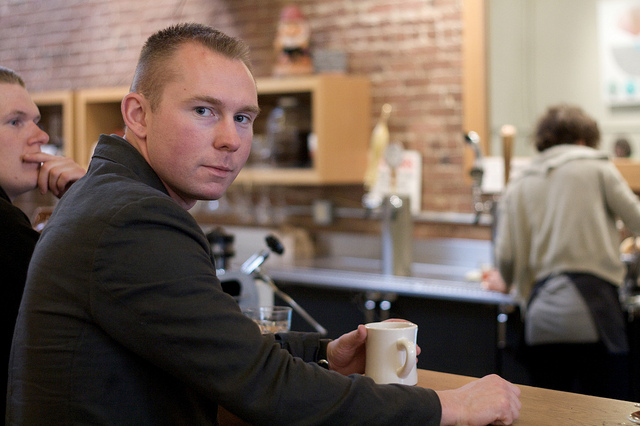 It seems like a no brainer to suppose that local businesses like a cafes, dry cleaners or dental surgeries—the kinds of businesses that serve the same customers week in week out, where the staff have the opportunity to look their customers in the eye, would take advantage of the fact that they look their customers in the eye.
It seems like a no brainer to suppose that local businesses like a cafes, dry cleaners or dental surgeries—the kinds of businesses that serve the same customers week in week out, where the staff have the opportunity to look their customers in the eye, would take advantage of the fact that they look their customers in the eye.